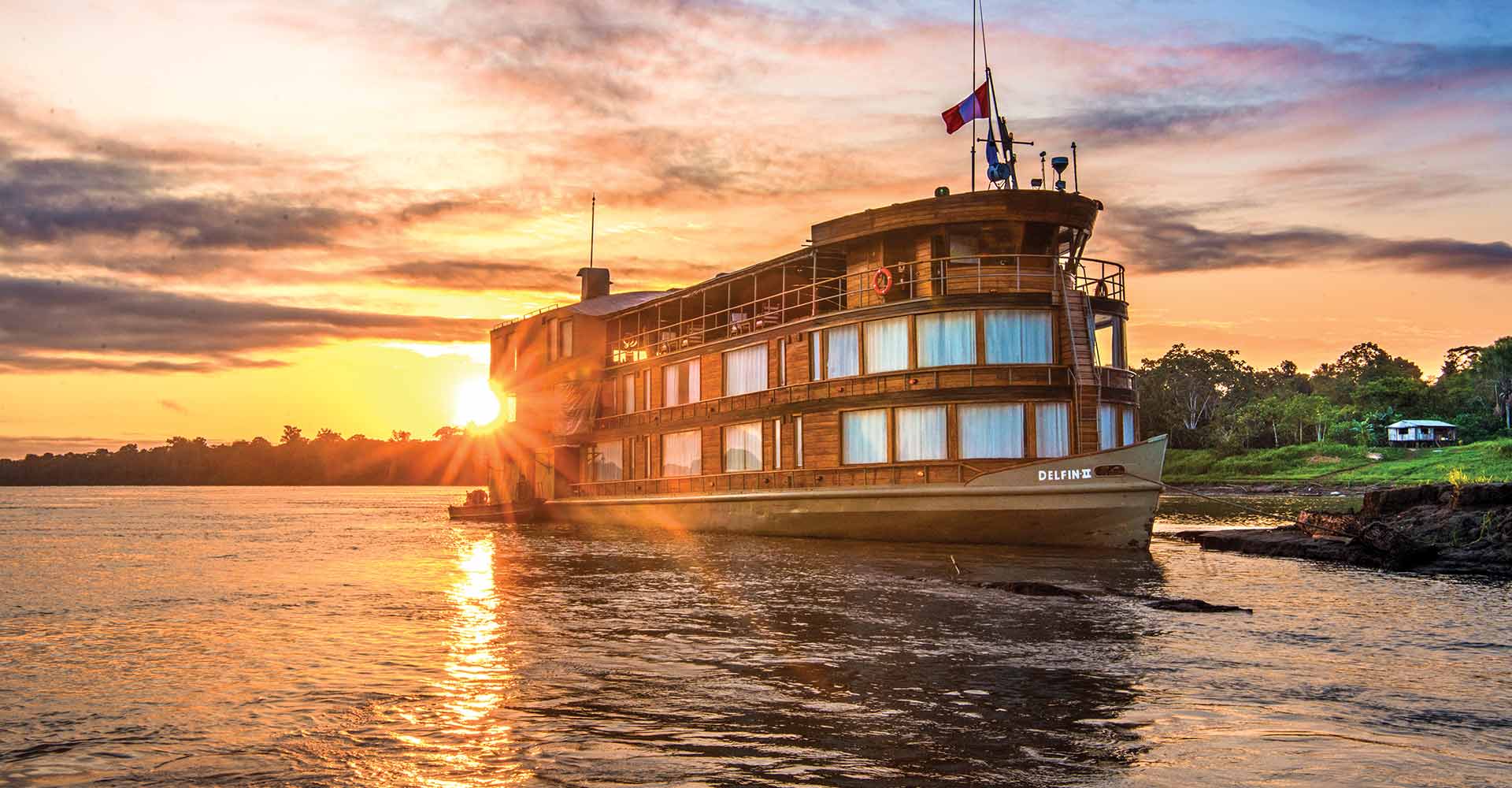Thrilling time for theme parks
Disney and Universal might be on different tracks when it comes to development plans, but on the whole the outlook for the theme park and attractions industry remains sunny.
It’s not just an oft-misquoted line from the 1989 film “Field of Dreams” (it’s actually “he will come”). For theme parks, it’s something of a mantra: Investing in new attractions and entertainment usually means flocks of visitors and positive financial returns.
But coming out of the pandemic, the two largest domestic theme park companies, Disney and Universal, are on very different paths when it comes to strategies around investment and expansion.
Universal in January took the bold step of revealing that it will launch two smaller-scale experiences outside of Florida and California: a horror-themed, permanent experience in Las Vegas’ Area15 and a theme park for families with young children in Frisco, Texas, just north of Dallas. Universal is also making one of the largest investments a destination park company can, with a third theme park in Orlando, Epic Universe, set to open in 2025.
Disney, meanwhile, has revealed far less ambitious investments in the pipeline. It is working on the retheming of Splash Mountain to Tiana’s Bayou Adventure in Florida and California and a new, walk-through “Moana”-themed attraction in Epcot.
The company’s slower pace of domestic development has industry analysts surmising that it may be a reaction to two hurdles Disney faces at its U.S. parks: being strapped for space to build in Anaheim, Calif., and embroiled in a legal — and ideological — battle with the governor of Florida.

A ‘virtuous cycle’
Despite an immediate and devastating effect on destination parks at the beginning of the pandemic, U.S. attendance and guest spending quickly recovered and steadily rose after the parks reopened in summer 2020, with both categories often outpacing pre-Covid levels.
“Theme parks — it seems almost like there’s an insatiable demand,” said Jessica Reif Ehrlich, managing director of media and entertainment for BofA Securities.
That success enabled the parks to move forward with most of the projects they had in the pipeline over the past few years, with only a few canceled or put on hold.
New rides, lands and amenities enabled the parks to keep the investment-to-visitors pipeline flowing, which Carissa Baker, assistant professor of theme park and attraction management at the University of Central Florida’s Rosen College of Hospitality Management, describes as a “virtuous cycle.”
“If we invest in different types of experiences, this brings in that attendance,” she said. “That attendance generates the revenue, and then you can start the cycle over again. And I have been really, really impressed by the bounce back that we’re seeing from the industry post-pandemic. I don’t think any of us could have predicted it would have happened so quickly.”
And both Disney and Universal attribute the success they’d had since the pandemic at least in part to those investments. In the second fiscal quarter of the year, ended April 1, Disney said revenue for its domestic parks and experiences (including hotels and Disney Cruise Line) increased 14%, to $5.57 billion, while domestic parks and experiences operating income was up 10%, to $1.52 billion. Domestic parks saw year-over-year increases in attendance (7%) and per capita spending (2%).
“We have a number of other growth and expansion opportunities at our parks, and we’re closely evaluating where it makes the most sense to direct future investments,” CEO Bob Iger said.
In the first quarter of the year, ending March 31, Universal owner Comcast reported theme park revenue was up 25%, to $1.94 billion, attributable to higher revenue at domestic and international theme parks, thanks to the relaxing of Covid mandates abroad and “the significant investments we’ve made at our parks,” said CFO Jason Armstrong.
Comcast president Mike Cavanagh identified theme parks as a “major growth opportunity” for the company, specifically in using its owned and licensed intellectual property (IP) to create areas and attractions for theme park guests to experience.
“This outstanding performance provides us with even more confidence that the investments we are making in new lands and attractions will also generate strong returns,” Cavanagh said.
Universal Studios Hollywood opened its highly anticipated Super Nintendo World this year. Also this year, Disney opened a redesigned Mickey’s Toontown at the Disneyland Resort and the Tron Lightcycle / Run coaster in Orlando’s Magic Kingdom. New spaces in Epcot are expected to open later this year, capping a yearslong renovation of that park.

Universal’s plans
While both Disney and Universal have entered this year with similar investment initiatives, they have since diverged.
Universal’s move into domestic expansion outside of Florida and California could mark the beginning of a new strategy for the company.
Earlier this year, Jeffrey Shell, then-CEO of NBC-Universal, said of the Frisco park, “If it’s successful, which we’re pretty confident it will be, it is a concept that will work in a lot of places around the world that may not support a full-scale theme park like we have in Orlando and Beijing. But it could support something else. We’re excited about that concept.” The same is true, he said, for the Las Vegas experience.
Robert Niles, editor of Theme Park Insider, said the shift to regional entertainment is something the theme park industry hasn’t seen from Disney or Universal since the late 1990s when Disney introduced the DisneyQuest indoor theme parks, which ultimately shuttered.
“I’m interested to see if this turns out like DisneyQuest, if this is a toe in the water that they quickly withdraw and go back to their specialty in big international theme parks, or a real new business for Universal to pursue that maybe might even entice Disney into taking another look at regional entertainment,” Niles said.
Baker, of the University of Central Florida, said that smaller, immersive experiences are starting to crop up more around the world, and seeing a player like Universal dip its hand into the pool is exciting, as is its decision to enter new markets.
Frisco, she said, “makes sense to me because Texas is huge. It’s one of the fastest-growing states in the country.”
Len Testa, president of TouringPlans.com and the TouringPlans host agency, agreed, calling the Frisco park “a fantastic move.”
“The base of locals who can go to that park is much higher,” Testa said, adding that even though Orlando is growing slightly faster, Dallas-Fort Worth’s metropolitan area population of 7.9 million is much larger than Orlando’s 2.8 million.
With the horror experience in Las Vegas, Universal is capitalizing on the popularity of Halloween and its famous Halloween Horror Nights events, Testa added. The Area15 locale is helpful, too, he said. It’s an established venue that people already visit for attractions and dining. There is also good opportunity for corporate events, considering how popular Las Vegas is for conventions.
The strategy also protects Universal’s existing investments in Orlando, Testa said. If new experiences were to be built in Florida, they could potentially cannibalize visitors to Universal’s parks there.

Slackening investments at Disney?
While Universal is bullish about its regional attraction plan, Disney is more reserved.
During J.P. Morgan’s Global Technology, Media & Communications Conference last month, Disney parks, experiences and products chair Josh D’Amaro said a similar approach isn’t currently on Disney’s radar.
“For us, we think that focusing on our core assets is where we should be spending most of our opportunity,” D’Amaro said. “We think that there’s so much potential there.”
But Disney hasn’t announced much by way of domestic investment in the pipeline.



